Remodeling can be as overwhelming as it is exciting. After all, while you get to create your ideal space, you also have to do a lot of careful planning and tough decision-making. Fortunately, there’s a blueprint for effective project planning. Simply follow these eight easy steps to ensure that your remodel goes as smoothly as possible.
Find Top-Rated Remodeling Pros
Search Now1. Determine what’s driving your project.
First and foremost, consider why you’re taking on a remodel. Are you remodeling to enhance a space for your own enjoyment? Or, are you remodeling with an eventual home sale in mind? If you’re remodeling to increase the salability or resale value of your property, you may approach your project differently than you would if you were tailoring a space to better meet your own long-term needs. You may maintain existing layouts and choose less expensive — yet universally appealing — fixtures, materials and appliances, for example.
2. Define your personal project parameters and design aesthetic.
Once you’ve resolved the reason for your remodel, decide what you’d like to accomplish. If you’re thinking of remodeling your kitchen, for example, consider how you’re using your existing space. Is the layout working for you? Or would it work better if you knocked out a wall or moved the sink to the other side of the room? Are your cabinets a candidate for refinishing — or will they need to be completely replaced? Make a list of everything you’d like to include in your remodel. Then, accept the fact that you may need to make some compromises down the road.
Now is also a good time to start thinking about design and materials. Collect magazine clippings and create a Design Mine or Pinterest board to help define your design aesthetic (i.e., modern, transitional, traditional, etc.). Not only will this help you create a cohesive look within a realistic budget, but it will also serve as a useful tool in communicating your wishes with potential contractors.
Compare Quotes from Local Pros
Search Now3. Decide how much you can spend.
First, take a hard look at your finances and decide how much you can afford to spend. Then, decide how you will allocate your funds within your budget. You’ll want to set aside about 20 percent of your budget for labor, and about 35 percent of your budget for cabinets, for example. And you’ll also want to put a fair amount aside for last-minute modifications and surprises.
HomeAdvisor’s True Cost Guide will tell you how much you might expect to pay to hire a remodeling pro in your area, as well as what you might expect to include in your overall budget. According to True Cost Guide, most homeowners spend between $5,666 and $13,031 to remodel a bathroom, between $12,759 and $30,733 to remodel a kitchen, and between $17,537 and $58,618 to remodel multiple rooms. Of course, it is important to note that many homeowners spend far more — and some far less — to complete their remodels. Your budget will depend largely on the size of your space, the degree of project complexity, and the materials and fixtures you choose to incorporate.
4. Assemble your team.
If you’re adding square footage or making other major changes to your floor plan, you’ll want to consult with an architect. But a good remodeling contractor will be able to effectively plan and execute a more straightforward project from start to finish. Be sure to interview and obtain quotes from at least three professionals. Also, read reviews from past customers — and ask candidates for pictures and references from past projects — to ensure that you’re hiring the right pro for the job. Trust your gut. Read contracts thoroughly. And never pay up front (most pros will require a deposit, but no good contractor will ever ask you to pay the full amount before work is completed to your satisfaction).
Remember: Cheaper isn’t always better. Sometimes, the lowest bid can end up costing the most and taking the longest.
5. Finalize your budget and plans.
After meeting with a few remodeling professionals, you may discover that your initial plans need some reworking. You may not be able to afford to include an addition in your remodel, for example — or you may have decided to spring for new bathroom flooring that wasn’t included in your initial plan and budget. Before you go any further, it’s a good idea to sit down with your contractor. Decide exactly what you will include in your remodel and discuss exactly how you’ll allocate your budget to meet your project goals.
Find Trusted Home Improvement Pros
Search Now6. Set your schedule.
Work with your contractor to set a realistic schedule for your remodel. Be sure to factor in the time it will take to order and receive your materials, plan for permitting processes, and add some flex time for the unexpected. Also, think about your living arrangements. If you’ll be living in your house through a kitchen remodel, for example, you will need to set up a temporary kitchen in another area of the house — complete with microwave, mini-fridge and hot plate. In many cases, it makes sense to schedule your kitchen remodel in the spring and summer months, when it’s most comfortable to cook and eat outside. Similarly, if you’ll be moving pipes for a major bathroom remodel, you may have to live without plumbing for a few days. This might be a good time to pay an extended visit to a friend or family member.
7. Manage your project.
Having carefully researched and planned your project, you’ll have set yourself up for success. But to keep things running smoothly, ask your contractor to provide regular status updates — whether via email, text message, phone or in-person meetings— to fill you in on accomplishments, next steps, and budget and schedule status. Regular check-ins will give you the peace of mind that comes with knowing exactly where things stand with your project — and they’ll also help to hold your contractor accountable. Of course, you must also brace yourself for unexpected challenges and delays; these can be expected in nearly every remodeling project.
Helpful tip: Keep project plans, permits, budgets, receipts, contracts and other documents in a dedicated project binder. This will keep all paperwork related to your remodel organized and readily accessible.
8. Keep your eye on the prize.
There’s no doubt about it: Remodeling projects are stressful. But they’re worth it. Keep your eye on the prize. And any time you’re feeling discouraged with the process or sick of dealing with the mess, just remember that you’ll soon be enjoying the fresh new space you’ve been dreaming of.

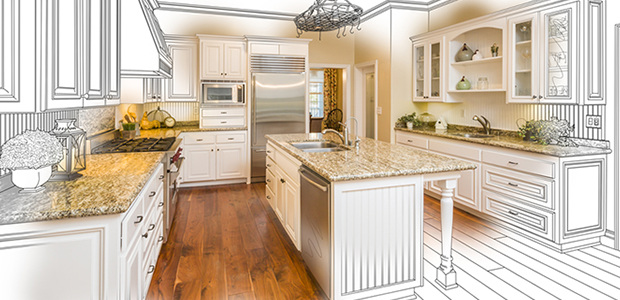
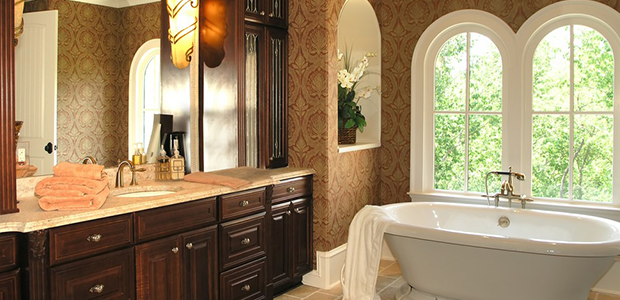

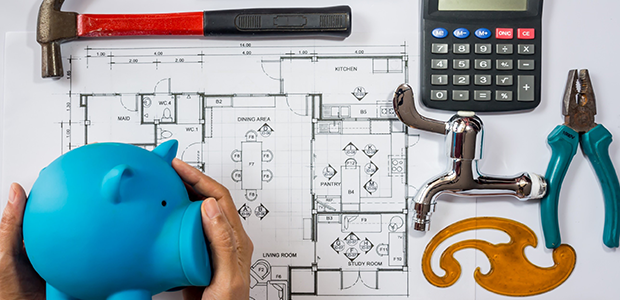
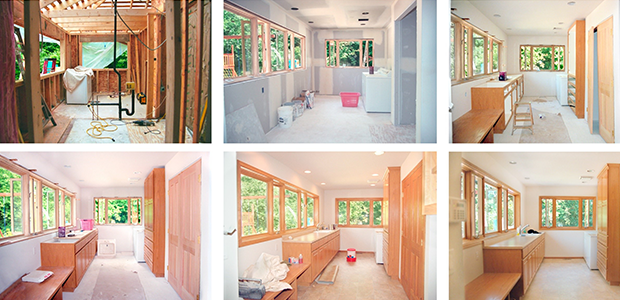

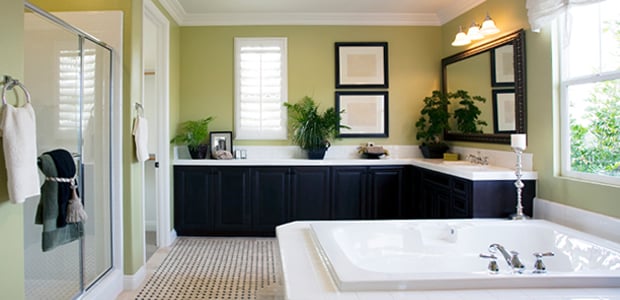 Understanding Bathroom
Understanding Bathroom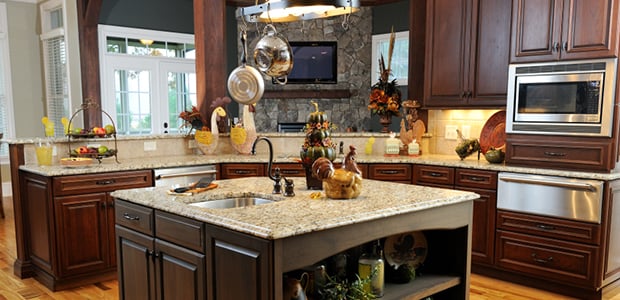 Kitchen Remodeling:
Kitchen Remodeling: Architects: The Most
Architects: The Most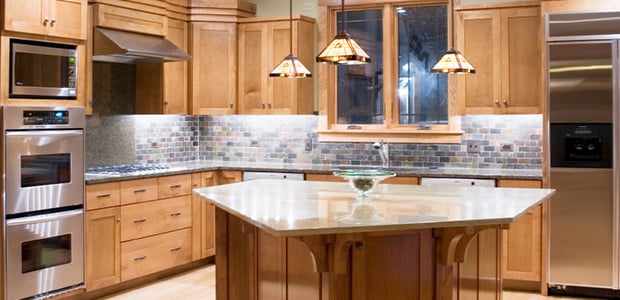 6 Steps to
6 Steps to